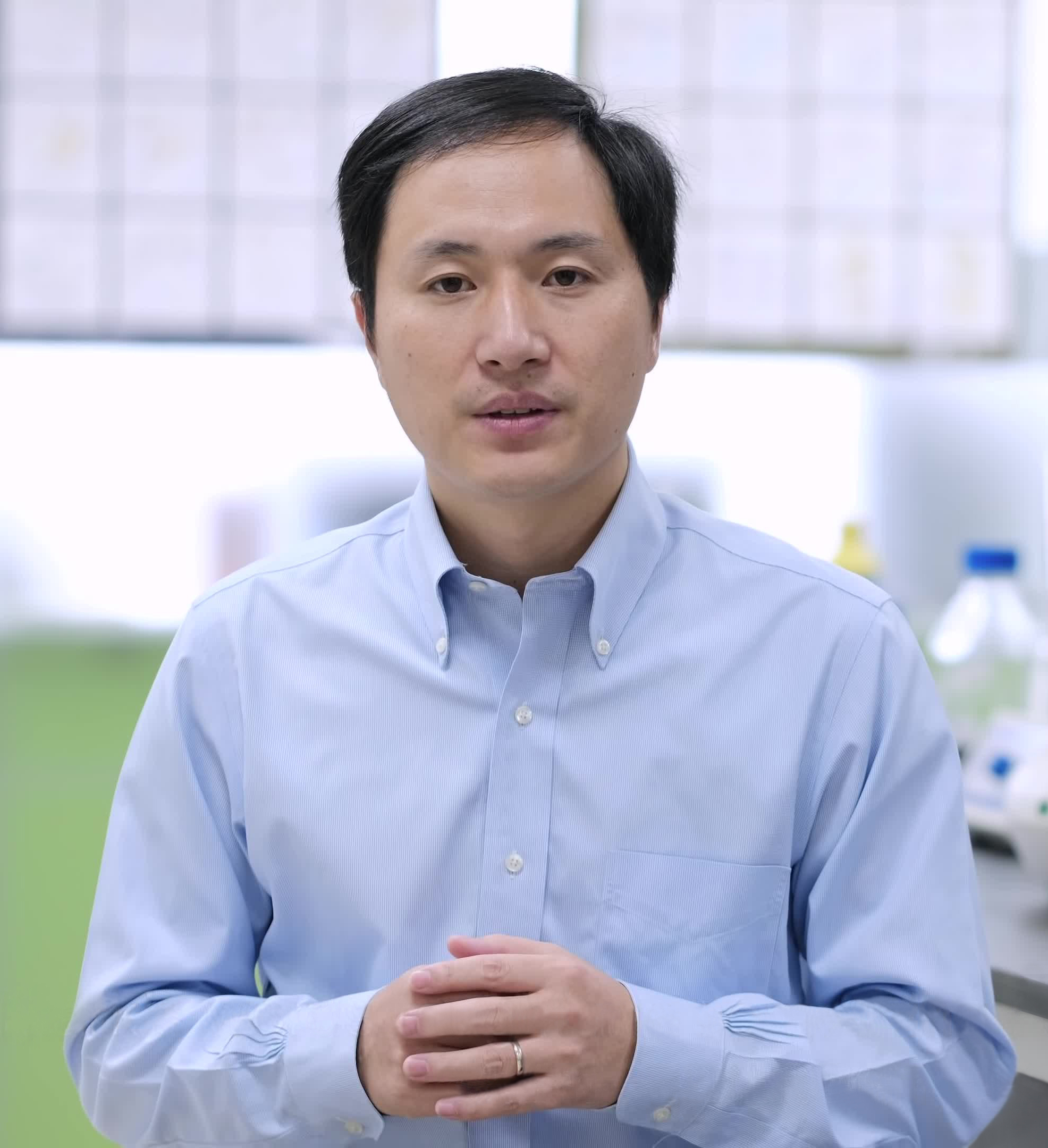Aggregated News

photo via Wikimedia Commons licensed under CC by 3.0
China's most infamous scientist is attempting a comeback. He Jiankui, who went to jail for three years after claiming he had created the world's first genetically altered babies, says he remains committed to returning to the lab - and to using gene editing to cure diseases like Alzheimer's. He, 41, has no lab or academic affiliations, and he can't travel: He says the Chinese government has confiscated his passport. But far from being disgraced after international condemnation, He presents himself as a martyr to the controversial technology, even as other scientists worry about its ethical implications.
"There has to be some person to speak for it," He said in an interview. "And I am the person." But much about He's original experiment and purported return to science remains murky. He admits he doesn't have a lab in Beijing - despite posting photos on X suggesting otherwise - and his relationship to the Chinese government, which is intent on developing a leading biotechnology industry, is, well, complicated. Simply put: He could be...



